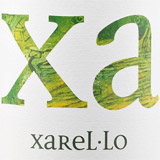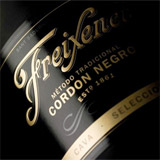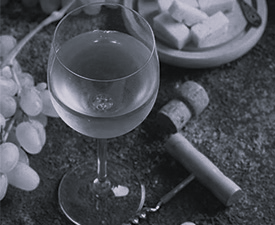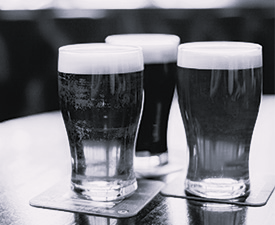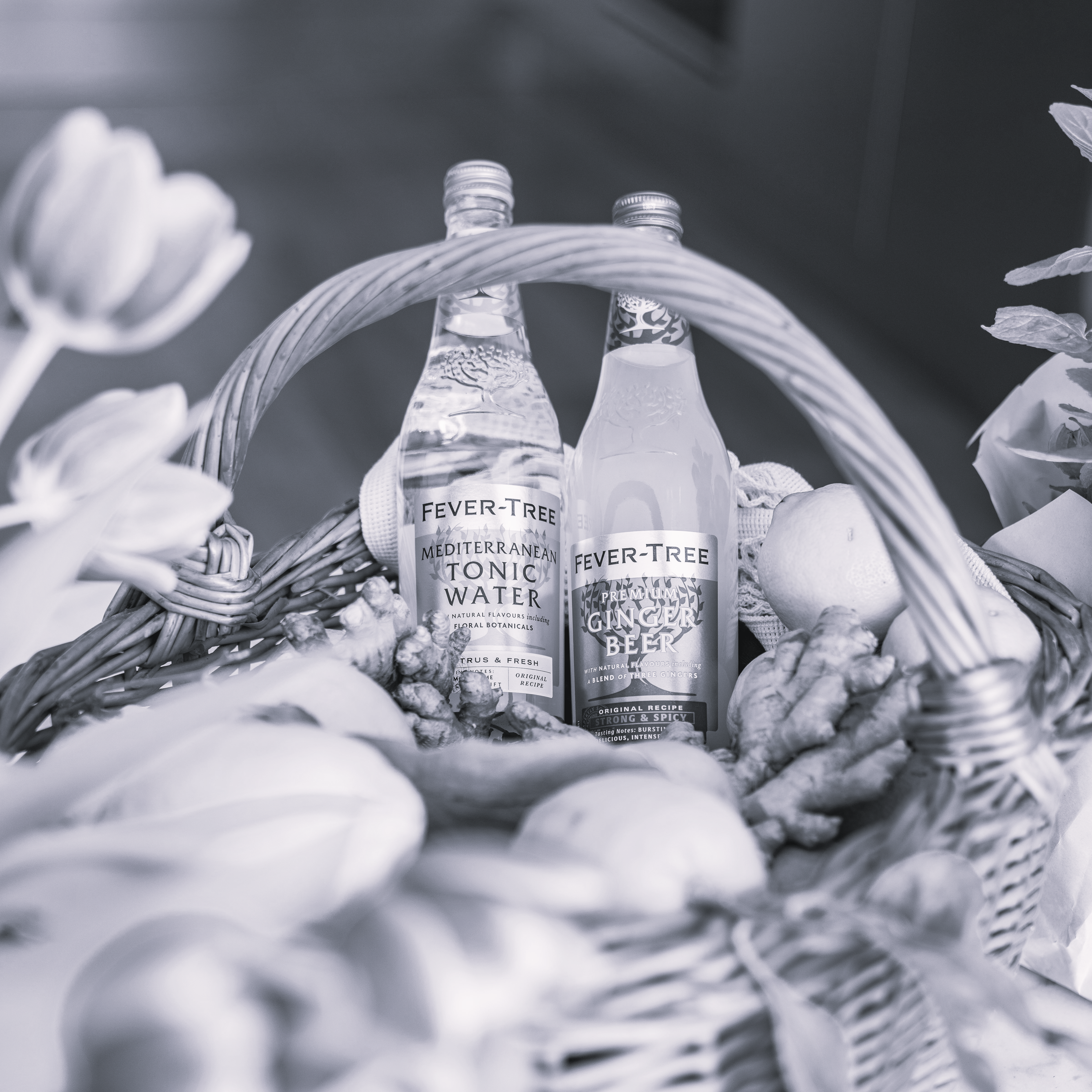Xarel-lo is a white grape variety of Spanish origin particularly grown in the region of Catalonia. With Macabeo and Parellada, Xarel-lo is one of the three traditional grape varieties used to make the traditional method sparkling wine Cava. Spanish vine plantings were at approx 8,750 hectares in 2004.
Xarel-lo wine can be strongly flavoured, and is known for producing highly aromatic wines - which many believe is the decisive source of Cava's unique character. Apricot and citrus flavours are commonly associated with this varietal and with its acidity can make bright refreshing wines. It is also grown in the regions of Alella, Costers del Segre, Penedes and Tarragona.
Xarel-lo is the 6th most important grape in Spain - and is the flagship grape of Penedes, a smaller area inside of the Catalonia region and a predominantly white wine area (although it makes great reds, sparkling wine, and rose wine). The area is nestled between the coast and the interior plains on Spain's east coast. The growing conditions are mild and warm - benefiting from the Mediterranean sun and the coastal breezes.
Xarel-lo grapes adapt well to most soil types up to an altitude of 400 meters - the clusters are medium-sized and not too compact. Though prone to frost damage, Xarel-lo is very productive and usually retains medium to high levels of acidity. Xarel-lo is fairly sensitive to powdery mildew and to mildew, but in the right conditions it can produce good yields. In the Alella region of Catalonia, Xarel-lo (aka. Pansa Blanca) is used to produce still wines that are crisp and fresh, with lively stone fruit notes.
Xarel-lo is the essential team player - an indispensable component - which has helped to make 'Cava' famous but it still struggles on in virtual anonymity to many. This said - Xarel-lo is rapidly establishing itself as a very good table wine grape and while table wines made from the grape aren't widespread and assessable to all, they are slowly starting to show up more and more in retail and on wine-lists.

